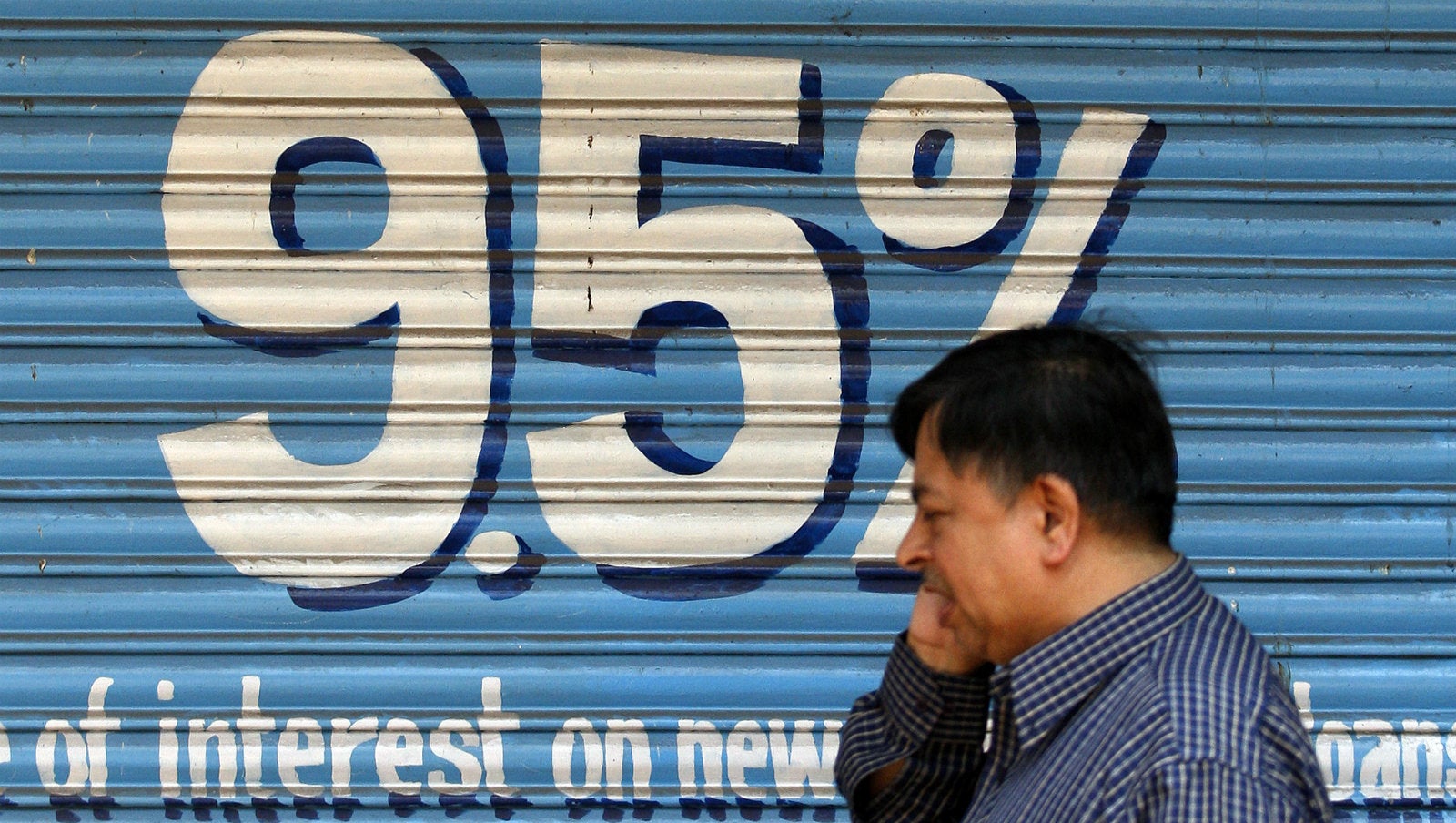More and more Indians with loans against property are failing to pay back on time
A new bad-loan problem is brewing in India.


A new bad-loan problem is brewing in India.
Borrowers in Asia’s third-largest economy who have taken loans against property are increasingly falling behind repayment schedules. Over the next four quarters, these delinquencies could rise by as much as by three times over those in fiscal 2014, according to a study by India Ratings and Research, a credit-ratings agency.
The delinquency rate—the portion of loans on which interest or principal payments are due for more than 90 days—could inch above 5% over this period, the study added.
The loan against property (LAP) is a high-risk segment for most banks and non-banking finance companies (NBFCs). The size of the loan is usually bigger than a traditional one, and the interest rate is significantly higher. People who typically borrow do so to expand their business or to start one. Most borrowers use LAPs during distress to pay off another loan or to meet urgent expenses.
The LAP market is worth some Rs2.5 lakh crore, and a large chunk of borrowers comprises micro, small, and medium enterprises (MSMEs) with limited financing opportunities. The delay in payments may well be a result of the cash-flow crunch these enterprises are currently facing. Some 1,000 MSMEs holding debt of less than Rs10 crore, which India Ratings investigated, had single-digit revenue growth in fiscal 2015.
Meanwhile, lenders are also being increasingly careless, the study indicated.
To meet targets, many lenders are accepting non-residential properties as collaterals—these assets are valued lower at the time of liquidation, compared to residential properties. Besides, property valuation is often outsourced to a third-party valuer and, hence, may have discrepancies.
Already most Indian banks are battling bad loans, which are eating into profits. Former Reserve Bank of India governor Raghuram Rajan had introduced a framework to free the banking system from these toxic assets. But there’s still a lot left to be done. This new problem among NBFCs and banks alike will simply add to the burden.